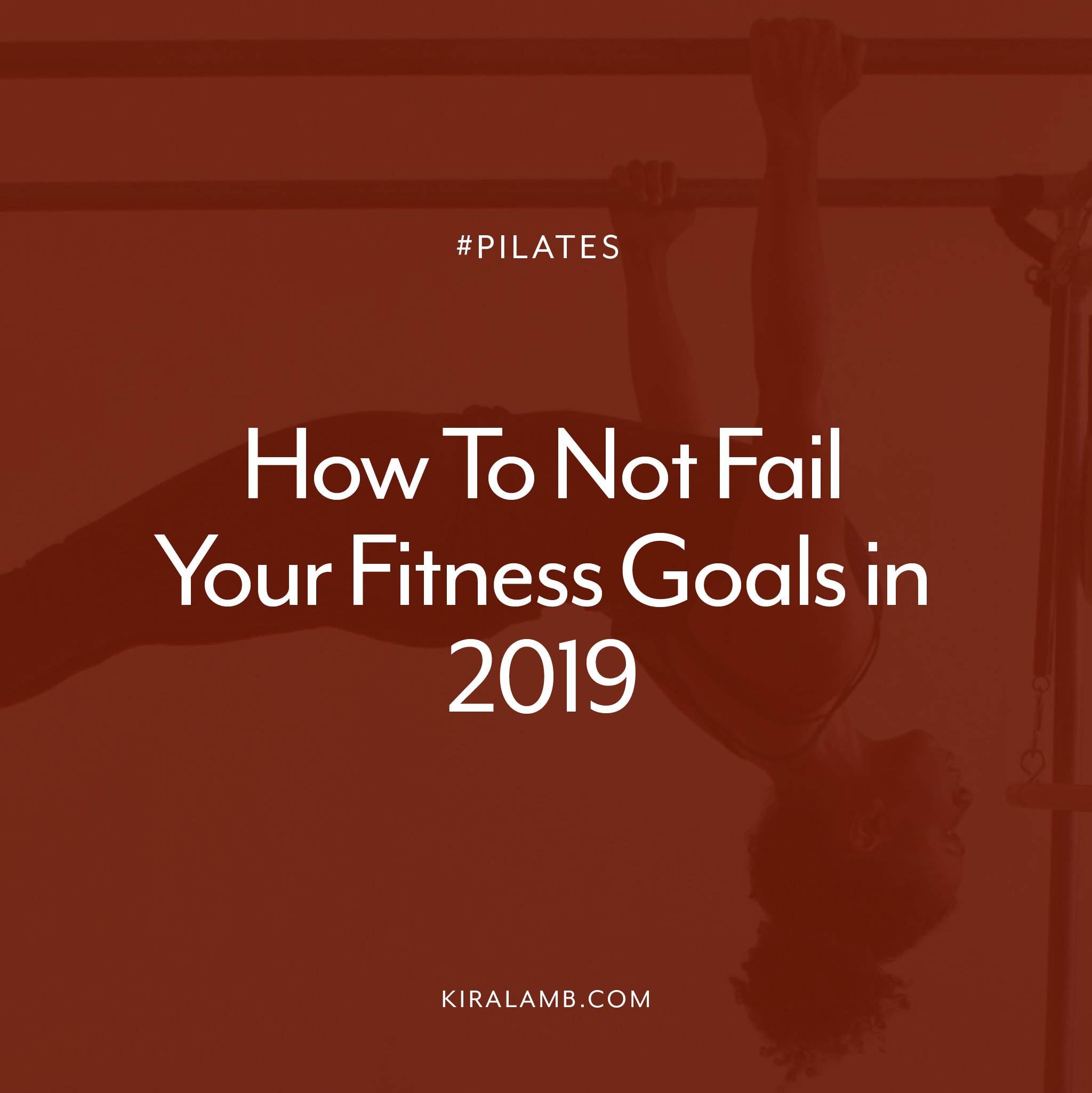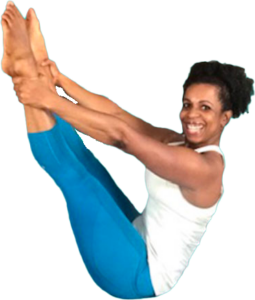How To Not Fail Your Fitness Goals in 2019
The New Year is an energizing time when possibilities seem limitless! January’s air is infused with focused determination as we collectively wipe the proverbial slate clean and list all the ways we intend to transform over the next 12 months. Together we surge toward new goals or the ones that collected dust in 2018. We’re intent on making this year different so we launch into it re-evaluating our purpose, reassessing our priorities, and setting new goals – including fitness goals.

But I gave up on goal-setting years ago. At least in the traditional sense. To me, goals look great on paper but only seem to motivate me through the month of January. But what really inspires me to create new habits and lasting lifestyle changes is determining how I want to feel and what I want to experience. Because, let’s face it, creating new habits is hard. In fact, I read that a 2009 study led by Phillippa Lally at University College London concluded that it takes roughly 66 days to create a new “automatic” behavior. So if that new behavior isn’t attached to a positive feeling or experience (read: instant reward); chances are, my motivation will run dry. This is especially true when it comes to fitness goals, even though I -ahem- teach Pilates for a living.
Setting Achievable Fitness Goals
Physical fitness can neither be acquired by wishful thinking nor by outright purchase. – Joseph Pilates
Joe nailed it! Goals like this are ineffective wishes (for me):
- Lose 10lbs
- Get my dancer’s body back
These kind of goals, while entirely attainable, turn my workouts into pummeling sessions versus working out because it feels good. And while I love a tough workout, when my goals are tied purely to aesthetic results, I’m never satisfied. So I give up. When you feel like something is not working, not working fast enough, or in the way you envisioned, that’s what you do. You quit. But when there’s some type of reward or instant gratification involved, your brain wants to experience that on repeat.
Reading “The Power of Habit: Why We Do What We Do In Life And Business” validated this experience for me. Author Charles Duhigg explains that habits involve a 3-step process called a “habit loop”:
This process within our brains is a three-step loop. First, there is a cue, a trigger that tells your brain to go into automatic mode and which habit to use. Then there is the routine, which can be physical or mental or emotional. Finally, there is a reward, which helps your brain figure out if this particular loop is worth remembering for the future.
Every Workout Deserves A Reward
The habit loop is driven by a neurological craving, like the endorphin high or feeling of accomplishment that comes from working out. It could also be the post-workout smoothie you treat yourself to. Most importantly, it’s the anticipation of that reward which motivates you to put on your Lululemons (cue) and workout for 60min (routine) in order to satisfy that craving (reward). An even greater reward for me is the fact that every single time I practice Pilates I feel physically and mentally recharged, which boosts my confidence and my mood. Plus the ability to track my progress and experience how consistency makes even the most challenging exercises increasingly accessible, is just the kind of “drug” that I crave.
So, the types of goals (cravings) that do work for me are:
- I want to feel energized, fit, and strong
- I want to feel confident in my skin
What cravings will motivate you to practice Pilates 2-4 times/week in 2019?
If you will faithfully perform your Contrology exercises regularly only four times a week for just three months as outlined in RETURN TO LIFE, you will find your body development approaching the ideal, accompanied by renewed mental vigor and spiritual enhancement. – Joseph Pilates


